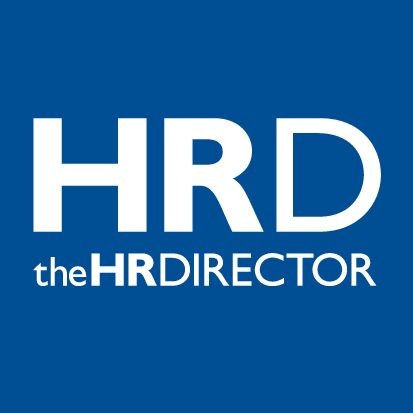Despite being accepted as the best start for the next generation, breastfeeding still seems to wrong-foot some companies, with the fall-out of numerous ill-judged decisions making the media headlines.
Such stories have stimulated public debate and helped make breastfeeding easier for women outside the home, but until now there has been little attention paid to breastfeeding by employees in the workplace. However, a recent case concerning easyJet shows that firms need to think about applying the same principles to staff as they do to customers.
easyJet’s training literature suggests that breastfeeding is a globally recognised human right for passengers. But such a statement must ring rather hollow to the two cabin crew who won a tribunal claim against the airline last week for not helping them continue to breastfeed on their return to work after maternity leave.
The issue has been on the political radar for a decade: the UK Government first considered legislating to allow breastfeeding women to take specific breaks at work back in 2007. The European Commission has also proposed measures to require employers to give breastfeeding employees breaks, but as neither proposal has yet made its way into law there is no requirement to give employees time off or to provide facilities to allow working mothers to breastfeed.
Nevertheless, the recent tribunal case shows that working mothers do have rights, and employers should bear in mind that there are regulations around health and safety requirements concerning the treatment of breastfeeding women at work. Employers should provide somewhere private for women to rest and lie down – and toilet facilities are not suitable to meet these requirements. They must also provide adequate breaks, but that does not necessarily extend into granting extra break time. While there is no specific requirement to carry out a health and safety risk assessment in any particular case, employers should also be mindful of their duties and consider whether one is required anyway.
And there is a general requirement to facilitate breast feeding of employees: if an employer refuses to, they may face a claim of indirect discrimination. Such was the case with easyJet, whose refusal to be flexible in order to accommodate the requests of two members of cabin crew based at Bristol landed it in Tribunal.
The crew members had asked to work for a maximum of eight hours, which would have allowed them to make arrangements for breastfeeding before and after each shift. Instead of taking on board medical advice provided by the employees’ GPs, doing a risk assessment or consulting with their own occupational health team, managers were reported to have used Google for advice. While easyJet had said that breastfeeding employees could carry out ground duties for six months, it was unwilling to extend this period, with the airline suggesting that feeding beyond this period was a “choice”.
An employment tribunal found that easyJet had indirectly discriminated against both women. Although this judgement is not binding on other tribunals and could yet be appealed, this is the sort of case which can cause very negative PR for a company which is service driven. It may also encourage claims from other women who are in similar circumstances.
No doubt many women feel financially required to return to work earlier than they would necessarily like to, but will postpone returning in order to continue breastfeeding. Equally, employers will often welcome the return of women from maternity leave as early as they are able. Therefore, while on the face of it employers may view the requirement to provide additional facilities and be flexible about hours and breaks as an administrative burden, it may actually be of benefit to them.
If employers can take a more sensitive approach and engage with staff on whether there are realistic ways in which they can facilitate their return to work, then that is likely to be of benefit to both employers and employees. However, employers should avoid taking a blanket approach to accommodating breastfeeding employees, as they are likely to have different needs and issues to be addressed depending on their role and circumstances. Although a risk assessment is not mandatory, it’s wise, and demonstrates good practice.
An employer who is prepared to be flexible in this way will arguably attract increased loyalty from staff and reduce attrition rates. Too often employers fail to consider the cost of recruiting and training staff both in terms of actual outlay and lost productivity, when it comes to accounting for such measures.
However, those that aren’t convinced by the financial argument may be forced to act anyway: the Women and Equalities Committee has reported that the number of new and expectant mothers forced to leave their jobs had doubled since 2005, and the government is looking at strengthening legislation. Given this and the result of the easyJet case, firms would be well advised to listen to their staff and facilitate those working mothers who wish to continue breastfeeding.






